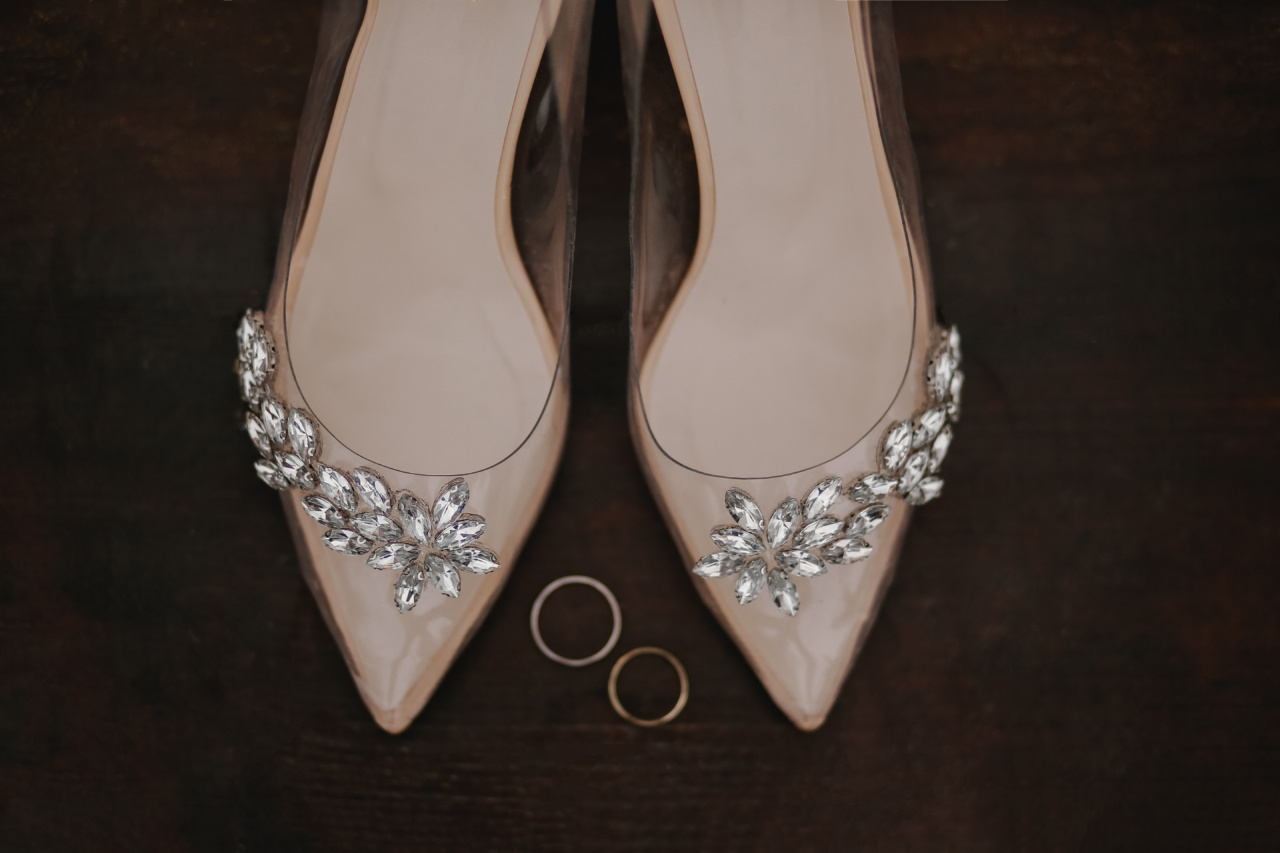High heels have been a fashion staple for many women for decades. They can add style, elegance, and even a boost of confidence. However, it is no secret that wearing heels can lead to various foot and leg problems.
One area where the negative impact of high heels is particularly evident is in knee pain. In this article, we will explore the connection between wearing heels and knee pain, and what you can do to alleviate or prevent it.
How do heels affect the knees?
When you wear high heels, your body weight shifts forward and gets distributed unevenly over the feet. This puts excessive pressure on the balls of your feet, toes, and the knees.
The altered alignment and increased pressure on the knees can cause several issues, including:.
1. Knee joint strain and stress
The knees are intricate joints responsible for bearing a significant amount of body weight and facilitating movement.
Wearing heels forces the knees into a hyperextended position, which can strain the ligaments, tendons, and muscles surrounding the knee joint. Over time, this strain and stress can lead to inflammation, pain, and even knee osteoarthritis.
2. Increased risk of injury
Wearing high heels alters your balance and stability, making you more susceptible to accidents and injuries. Even a slight misstep can potentially lead to a knee sprain, ligament tear, or other traumatic injuries.
The combination of an elevated heel and an unstable walking surface can be a recipe for disaster for your knees.
3. Patellofemoral pain syndrome
Patellofemoral pain syndrome, also known as runner’s knee, is a common condition where the cartilage under the kneecap becomes inflamed and irritated.
Wearing heels can exacerbate this condition due to the increased pressure on the patella (kneecap). The misalignment caused by heels can further contribute to the irritation and pain in the patellofemoral joint.
4. Structural misalignment
Wearing heels on a regular basis can lead to structural misalignment in the lower body. When you wear heels, your weight is pushed forward, causing your pelvis to tilt forward and your lower spine to arch.
This unnatural alignment can impact the alignment of your knees, leading to pain and discomfort.
How to alleviate or prevent knee pain from wearing heels
While it may be challenging to give up high heels completely, there are some steps you can take to alleviate or prevent knee pain associated with wearing heels:.
1. Limit heel height and wear supportive shoes
Opt for lower heels whenever possible. Lower heels minimize the strain on your knees by reducing the angle of the knee joint. Additionally, choose heels with proper arch support and cushioning to provide better shock absorption and stability.
2. Take regular breaks
If you must wear heels for long periods, try to take regular breaks and give your feet and knees some rest. Kick off your shoes and stretch your legs and feet to reduce the pressure and strain on the knee joint.
3. Strengthen your leg muscles
Strong leg muscles, including the quadriceps and hamstrings, provide essential support and stability to the knee joint.
Regularly performing exercises that target these muscles, such as squats and lunges, can help alleviate knee pain and prevent further damage.
4. Use orthotic inserts
Orthotic inserts can help provide additional support, cushioning, and stability for your feet and knees. These inserts can help distribute your body weight more evenly, reducing the strain on the knee joint and minimizing discomfort.
5. Opt for flats or supportive footwear
Whenever possible, give your feet and knees a break from heels by wearing flats or supportive footwear. This allows your muscles, tendons, and ligaments to rest and recover from the strain caused by heels.
6. Practice proper posture
Maintaining good posture can help alleviate pressure on your knees. Stand tall, with your shoulders back, and engage your core muscles to support your spine and maintain proper alignment throughout your body.
7. Stretch and warm-up
Before wearing heels, warm up your muscles and stretch your legs, especially your calves. This can help prepare your body for the strain caused by heels and reduce the risk of developing knee pain.
8. Consider wearing heels for special occasions only
Reserve wearing high heels for special occasions rather than incorporating them into your everyday wardrobe. This can significantly reduce the overall strain on your knees and lower the likelihood of developing chronic knee pain.
9. Listen to your body
Paying attention to any discomfort or pain in your knees is crucial. If you experience persistent knee pain or notice any changes in your gait, it is essential to seek medical advice.
A healthcare professional can provide a proper diagnosis and recommend suitable treatment options.
10. Alternate between heels and flats
If you must wear heels regularly, consider alternating between heels and flats throughout the day. This allows for periods of relief and helps prevent the continuous strain on your knees that comes from wearing heels for extended periods.




























